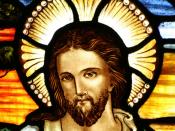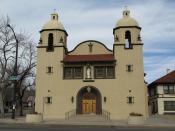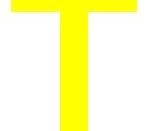Before we begin to answer this question it might be useful to define exactly what heresy is. A contemporary definition says ?Beliefs which differ from, and challenge those of the Orthodox Church? . The Byzantine Church had struggled with heresy since the destruction of Arianism in the year 600, but for the western church heresy did not become a serious problem until the 12th century. It is also interesting to note the distinction placed between heresy, which was seen as threatening the church, and reform, which by the definition above could simply be church-sanctioned heresy.
This idea of reform as heresy is given added weight when you notice that from the 1050s onwards, whilst the Gregorian reforms of the papacy and clergy were ongoing, outbreaks of heresy ceased for nearly sixty years. This, and the fact heresy only began to appear again after the reforms had ceased, indicates the reforms satisfied the dissenters.
The main change to the church that came from the reforms was a change to tradition, and despite the opposition these reforms were seen as preparing the church for survival in a changing world. The most dangerous threat that came from reform of the church was by opening new avenues of thought to people which had not existed before. This goes especially for exposing the flaws of the clergy, and leading to anti-clericalism, a feature in most heresies, most notably in the Waldensians, who will be discussed later. However if we were to include church reform in our answer to this question, it would take us away from the point at hand, so for the purpose of this question I will concentrate on the specific threat posed by the forms of heresy the church persecuted, and in particular the threat posed by rival Christian Churches.
I say...


